Home>Furniture & Design>Living Room Furniture>Why Does My Recliner Hurt My Back
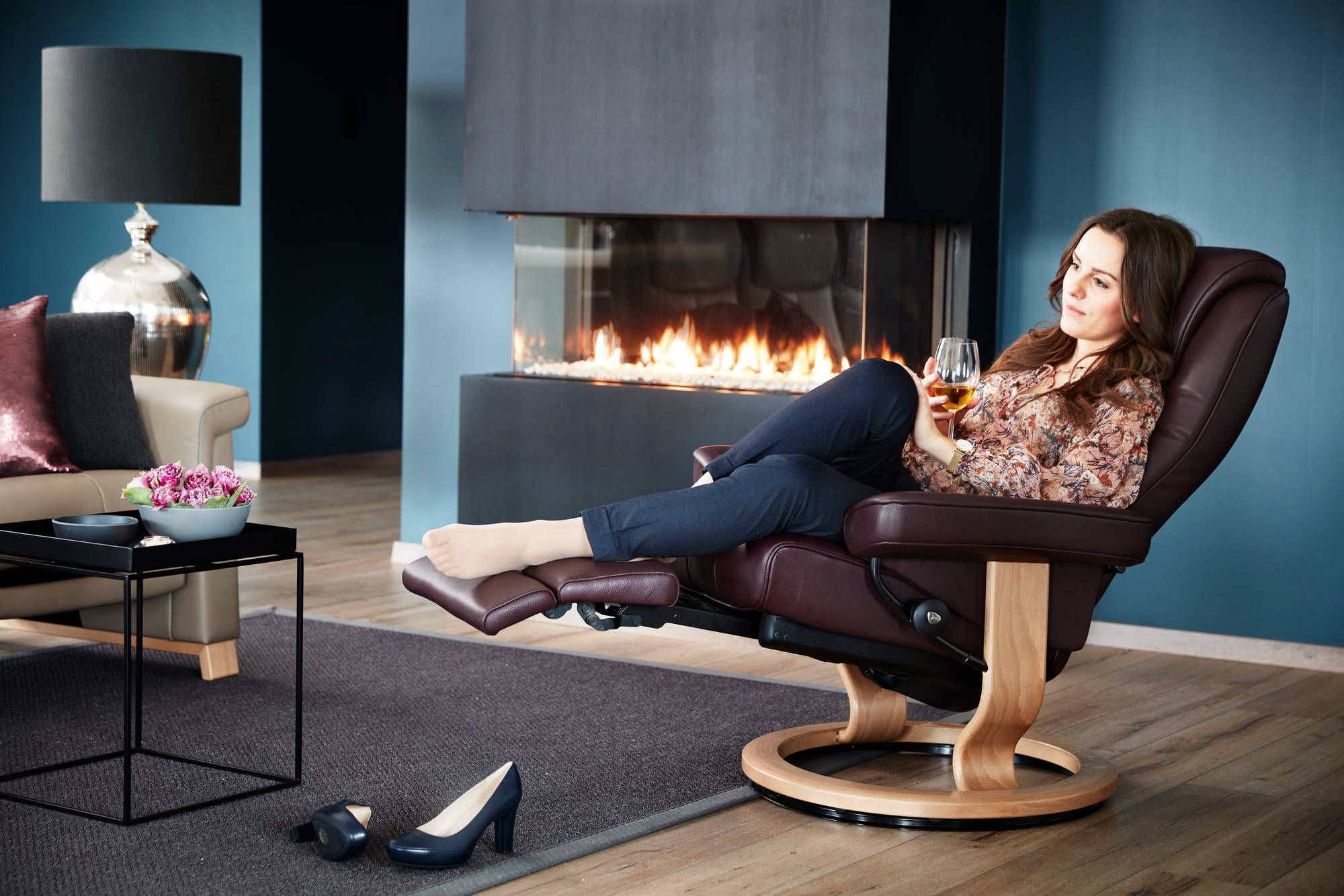

Living Room Furniture
Why Does My Recliner Hurt My Back
Modified: August 28, 2024
Discover the reasons why your recliner may be causing back pain and find solutions to make your living room furniture more comfortable. Explore tips for improving your seating experience with our furniture and design advice.
(Many of the links in this article redirect to a specific reviewed product. Your purchase of these products through affiliate links helps to generate commission for Storables.com, at no extra cost. Learn more)
Introduction
When it comes to relaxation and comfort, few pieces of furniture can rival the beloved recliner. The allure of sinking into a plush, cushioned recliner after a long day is undeniable. However, for some individuals, this experience is marred by the discomfort of back pain. If you've ever found yourself wondering, "Why does my recliner hurt my back?" you're not alone. This common concern prompts us to delve into the intricacies of recliner design, the potential causes of back pain, and strategies for selecting a recliner that provides optimal support.
In this comprehensive guide, we will explore the factors that contribute to back pain while using a recliner, shedding light on the mechanics of these popular pieces of furniture. By understanding the underlying reasons for discomfort, you can make informed decisions when choosing a recliner that prioritizes your back health. Additionally, we will discuss practical tips for using a recliner in a manner that minimizes the risk of back pain and explore when it may be necessary to seek professional assistance for recliner-related back issues.
So, if you've ever experienced discomfort or pain in your back while lounging in your recliner, read on to gain valuable insights into this common issue and discover how to make your relaxation time truly restorative and enjoyable.
Key Takeaways:
- Choose a recliner with proper lumbar support, ergonomic design, and quality padding to prevent back pain. Test the chair in person and maintain good posture while using it for maximum comfort.
- If back pain from your recliner persists or limits mobility, seek professional help. Look out for radiating pain, numbness, or unexplained symptoms, especially if you have a history of spinal conditions.
Read more: Why Does My Bed Hurt My Back
Understanding the Mechanics of Recliners
Recliners are marvels of engineering, designed to provide unparalleled comfort and relaxation. Understanding the mechanics of recliners is crucial in comprehending how they can either support or strain the back. These versatile pieces of furniture typically feature a complex system of springs, levers, and hinges that facilitate their adjustable functionality. By grasping the inner workings of recliners, we can gain insight into how they impact the body, particularly the back.
The primary components of a recliner include the frame, padding, and the reclining mechanism. The frame serves as the foundation, providing structural support and stability. High-quality frames are often constructed from durable materials such as hardwood or metal, ensuring longevity and resilience. The padding, comprising foam, springs, and upholstery, contributes to the overall comfort of the recliner. It is essential for cushioning the body and alleviating pressure points, especially in the lumbar region.
The reclining mechanism, a defining feature of these chairs, enables users to adjust the recliner's position to their preference. This mechanism typically involves a lever or button that activates the reclining function, allowing the backrest to tilt backward while elevating the footrest. As the chair reclines, the body's weight is redistributed, easing tension and promoting relaxation. However, the design and quality of the reclining mechanism play a pivotal role in determining the level of back support provided.
In addition to the mechanical components, the ergonomics of a recliner significantly influence its impact on the back. Ergonomically designed recliners are crafted to conform to the body's natural curves, providing optimal lumbar support and promoting healthy posture. Features such as adjustable lumbar support, headrests, and armrests contribute to the overall ergonomic design, enhancing comfort and reducing the risk of back strain.
Furthermore, the upholstery and cushioning materials used in recliners can influence their impact on back health. High-quality, supportive padding can alleviate pressure on the spine and muscles, while inadequate cushioning may lead to discomfort and strain. Additionally, the type of upholstery, whether leather, fabric, or synthetic materials, can affect the breathability and overall comfort of the recliner.
By delving into the intricate mechanics of recliners, we gain a deeper understanding of how these pieces of furniture interact with the body, particularly the back. This knowledge serves as a foundation for making informed decisions when selecting a recliner that prioritizes back health and comfort.
Common Causes of Back Pain from Recliners
Back pain stemming from recliner usage can be attributed to various factors, ranging from the design and ergonomics of the chair to individual sitting habits. Understanding these common causes is essential for identifying potential sources of discomfort and making informed choices when selecting or using a recliner.
-
Inadequate Lumbar Support: One prevalent cause of back pain in recliners is the lack of proper lumbar support. The lumbar region, or lower back, is particularly susceptible to strain when unsupported, leading to discomfort and potential long-term issues. Recliners with insufficient lumbar support fail to maintain the natural curvature of the spine, resulting in increased pressure on the lower back muscles and vertebrae.
-
Poor Ergonomic Design: Recliners that lack ergonomic features can contribute to back pain. An improperly designed chair may force the body into unnatural positions, leading to muscle tension and discomfort. Ergonomic flaws, such as inadequate cushioning, non-adjustable headrests, or poorly positioned armrests, can exacerbate back pain and diminish overall comfort.
-
Overly Soft or Worn-Out Padding: The quality and condition of the padding in a recliner significantly impact its ability to support the back. Overly soft or worn-out padding fails to provide adequate cushioning and may lead to poor weight distribution, causing strain on the back muscles and spine. Additionally, flattened or compressed padding diminishes the chair's ability to alleviate pressure points, contributing to back discomfort.
-
Incorrect Reclining Position: Using a recliner in an incorrect or exaggerated reclining position can strain the back. Over-reclining, especially without proper foot support, can lead to an uneven distribution of body weight, placing undue stress on the lower back and pelvis. Similarly, reclining too abruptly or forcefully can jolt the spine, leading to discomfort and potential injury.
-
Inadequate Footrest Support: The footrest of a recliner plays a crucial role in promoting proper posture and reducing back strain. Inadequate footrest support or positioning can lead to improper leg elevation, causing the body to slide forward in the chair and placing additional pressure on the lower back. This can result in discomfort and contribute to back pain over time.
By recognizing these common causes of back pain from recliners, individuals can assess their current seating arrangements and make informed decisions when choosing or using a recliner. Addressing these factors can significantly reduce the risk of back pain and enhance the overall comfort and support provided by these popular pieces of furniture.
Tips for Choosing a Recliner That Supports Your Back
Selecting a recliner that prioritizes back support is essential for ensuring comfort and minimizing the risk of back pain. When embarking on the journey to find the perfect recliner, consider the following tips to guide your decision-making process:
-
Lumbar Support: Look for a recliner that offers substantial lumbar support. The lower back region should be well-cushioned and maintained in its natural curve when seated. Some recliners feature adjustable lumbar support, allowing you to customize the level of support to suit your specific needs.
-
Ergonomic Design: Opt for a recliner with a thoughtfully designed ergonomic structure. Features such as contoured padding, adjustable headrests, and strategically positioned armrests contribute to healthy posture and reduce the risk of back strain. Ensure that the chair's dimensions and proportions align with your body size for optimal ergonomic benefits.
-
Quality Padding: Prioritize recliners with high-quality, resilient padding. Durable foam, combined with supportive springs, provides effective cushioning and pressure relief for the back. Avoid overly soft or worn-out padding, as it may compromise the chair's ability to maintain proper body alignment.
-
Reclining Mechanism: Assess the reclining mechanism of the chair. Look for a smooth and controlled reclining action that allows for gradual adjustment of the backrest and footrest. The ability to customize the reclining angle ensures that you can find a position that best supports your back while promoting relaxation.
-
Footrest Support: Consider the design and functionality of the footrest. An ideal footrest should offer ample support and facilitate proper leg elevation. Ensure that the footrest aligns comfortably with your legs when reclined, promoting even weight distribution and reducing strain on the lower back.
-
Material Selection: Pay attention to the upholstery and cushioning materials used in the recliner. Breathable, supportive fabrics or leather upholstery can enhance overall comfort and durability. Additionally, consider the ease of maintenance and cleaning for long-term satisfaction with your recliner.
-
Try Before You Buy: Whenever possible, test the recliner in person before making a purchase. Sit in the chair for an extended period to assess its comfort and back support. Experiment with different reclining positions to ensure that the chair accommodates your body's needs and provides adequate lumbar support.
By incorporating these tips into your recliner selection process, you can prioritize back support and make an informed choice that aligns with your comfort and well-being. Investing in a recliner that supports your back effectively can transform your relaxation experience, allowing you to unwind without the worry of discomfort or back pain.
How to Properly Use a Recliner to Prevent Back Pain
Proper usage of a recliner is essential for preventing back pain and maximizing comfort. By adopting mindful sitting habits and leveraging the adjustable features of the chair, individuals can significantly reduce the risk of back strain and discomfort. Here are key strategies for utilizing a recliner in a manner that promotes back health:
Read more: Why Does My Mattress Make My Back Hurt
1. Maintain Proper Posture:
When seated in a recliner, prioritize maintaining good posture to alleviate strain on the back. Ensure that your back is well-supported by the chair's backrest, and your feet are comfortably positioned on the footrest. Avoid slouching or hunching forward, as this can place undue pressure on the spine and lead to discomfort over time.
2. Utilize Lumbar Support:
If your recliner features adjustable lumbar support, take advantage of this feature to customize the level of support for your lower back. Properly positioned lumbar support helps maintain the natural curvature of the spine, reducing the risk of lower back strain and promoting overall comfort.
3. Gradual Reclining Adjustments:
When adjusting the reclining position of the chair, do so gradually and mindfully. Avoid sudden or forceful movements that can jolt the spine and lead to discomfort. Instead, ease into the desired reclined position, allowing your body to adjust gradually to the new posture.
4. Supportive Footrest Usage:
Utilize the footrest to promote proper leg elevation and weight distribution. Ensure that the footrest aligns comfortably with your legs when reclined, minimizing strain on the lower back and enhancing overall relaxation. Avoid dangling your legs off the footrest, as this can lead to uneven pressure on the back and legs.
Read more: Why Does Memory Foam Hurt My Back
5. Take Regular Breaks:
Even in a comfortable recliner, it's important to take regular breaks from prolonged sitting. Stand up, stretch, and walk around periodically to prevent stiffness and promote circulation. Incorporating gentle stretching exercises can further alleviate tension in the back and promote overall well-being.
6. Mindful Recliner Positioning:
Position the recliner in a manner that allows for easy access and movement. Avoid placing the chair in cramped or obstructed spaces that may limit your ability to adjust the reclining position or exit the chair comfortably. Adequate space around the recliner promotes ease of use and minimizes the risk of awkward postures that can strain the back.
By integrating these practices into your recliner usage, you can proactively prevent back pain and enhance the overall comfort and benefits of your reclining experience. Mindful utilization of the chair's features and prioritizing proper posture can transform your relaxation time into a rejuvenating and back-friendly activity.
When to Seek Professional Help for Recliner-Related Back Pain
Persistent or severe back pain attributed to recliner usage may necessitate professional intervention to address underlying issues and prevent potential complications. It is crucial to recognize the signs that indicate the need for professional assistance in managing recliner-related back pain.
Prolonged Discomfort:
If back pain persists or intensifies despite modifying sitting habits, adjusting the recliner, or trying different ergonomic solutions, seeking professional evaluation is advisable. Prolonged discomfort may signal an underlying musculoskeletal issue that requires expert assessment and targeted treatment.
Limited Mobility:
Individuals experiencing a reduction in mobility or flexibility due to recliner-related back pain should consider consulting a healthcare provider. Difficulty in performing daily activities, such as standing from the recliner or walking, may indicate the presence of significant back or spinal issues that warrant medical attention.
Radiating Pain or Numbness:
Back pain accompanied by radiating discomfort, tingling sensations, or numbness in the legs or arms could indicate nerve compression or spinal disc-related issues. Seeking prompt evaluation from a healthcare professional is essential to prevent potential nerve damage and address the underlying cause of the symptoms.
Impact on Daily Functioning:
When recliner-related back pain interferes with daily functioning, such as work, household tasks, or recreational activities, it is advisable to seek professional help. Addressing the impact of back pain on daily life can prevent further limitations and facilitate the implementation of targeted treatment strategies.
History of Spinal Conditions:
Individuals with a history of spinal conditions, such as herniated discs, spinal stenosis, or chronic back issues, should be vigilant about recliner-related discomfort. Any exacerbation of existing spinal conditions or the emergence of new symptoms should prompt consultation with a healthcare provider familiar with the individual's medical history.
Unexplained Symptoms:
Unexplained symptoms accompanying recliner-related back pain, such as unexplained weight loss, fever, or changes in bowel or bladder function, warrant immediate medical attention. These symptoms may indicate underlying systemic or spinal issues that require thorough evaluation and management.
In summary, recognizing the signs that indicate the need for professional help in managing recliner-related back pain is essential for timely intervention and effective resolution of underlying issues. Seeking the expertise of healthcare professionals can lead to targeted treatment, improved back health, and the restoration of comfort and mobility in daily life.
Frequently Asked Questions about Why Does My Recliner Hurt My Back
Was this page helpful?
At Storables.com, we guarantee accurate and reliable information. Our content, validated by Expert Board Contributors, is crafted following stringent Editorial Policies. We're committed to providing you with well-researched, expert-backed insights for all your informational needs.


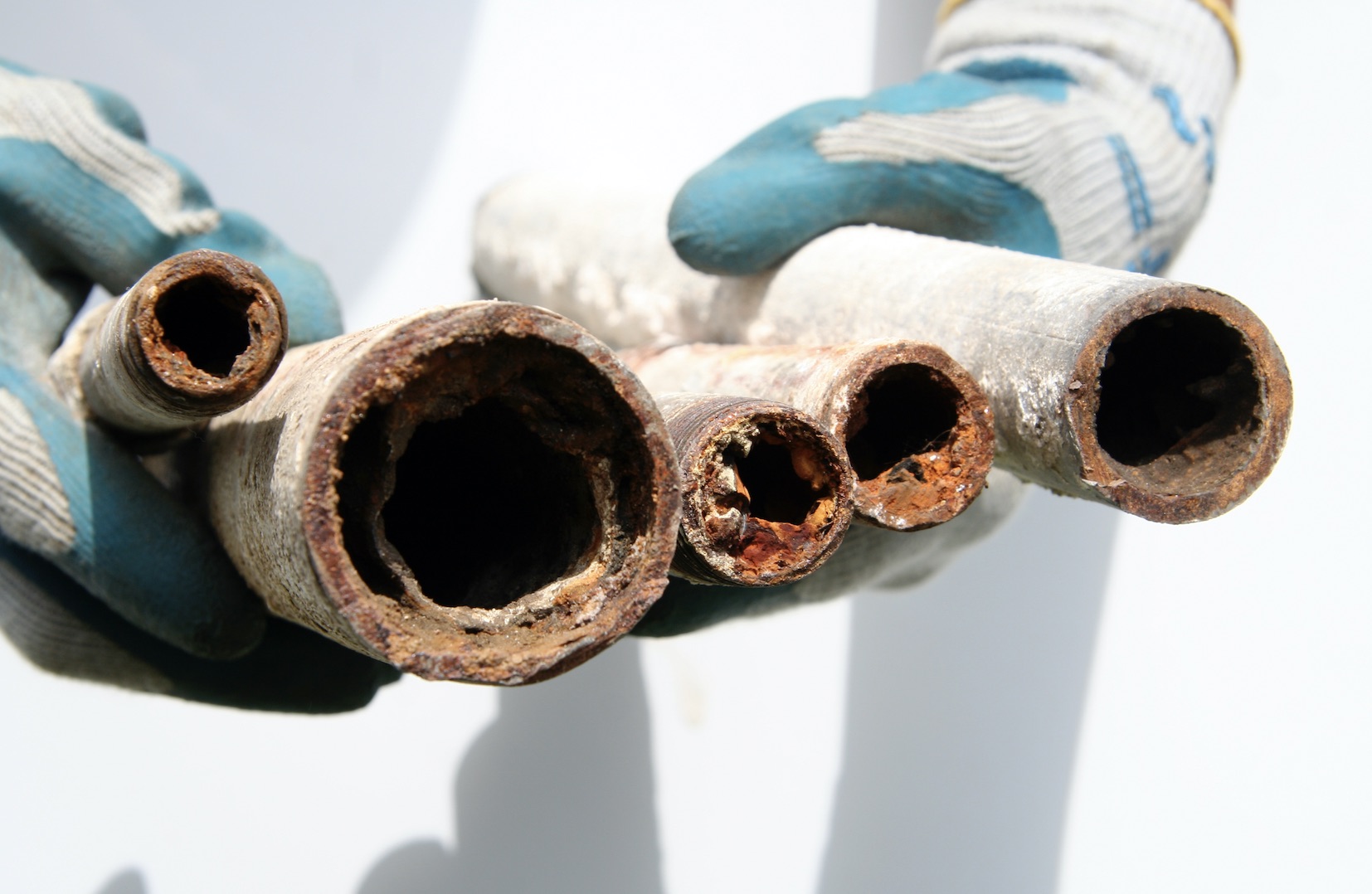
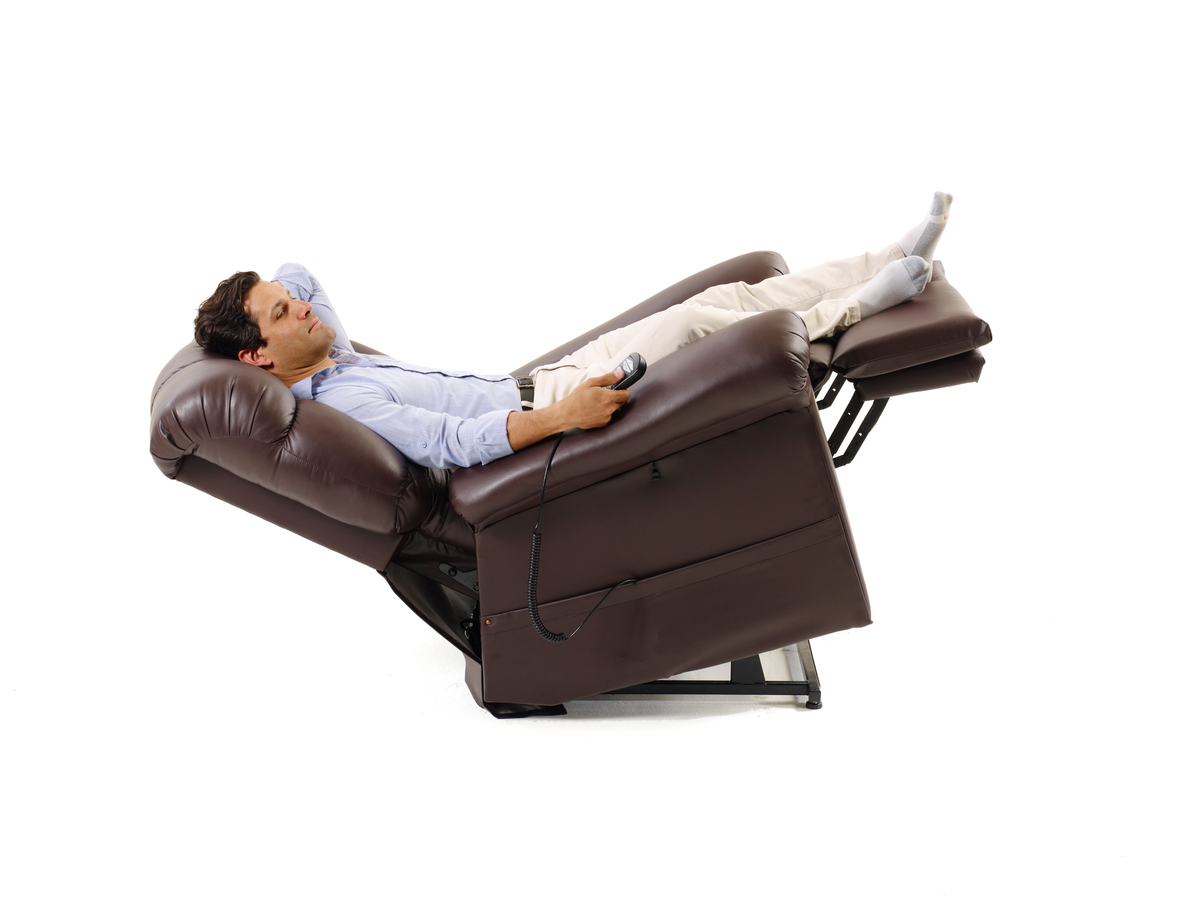
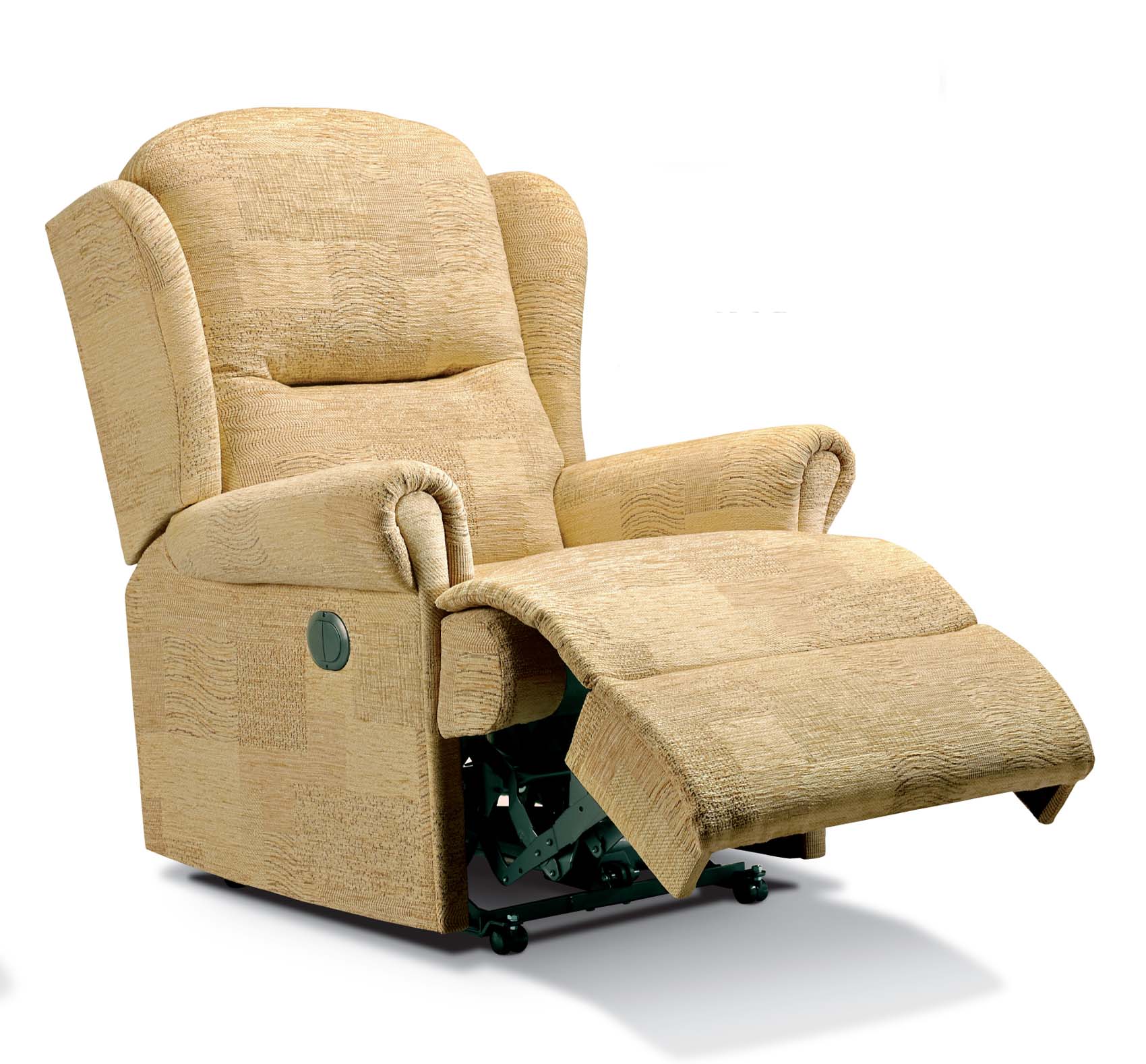
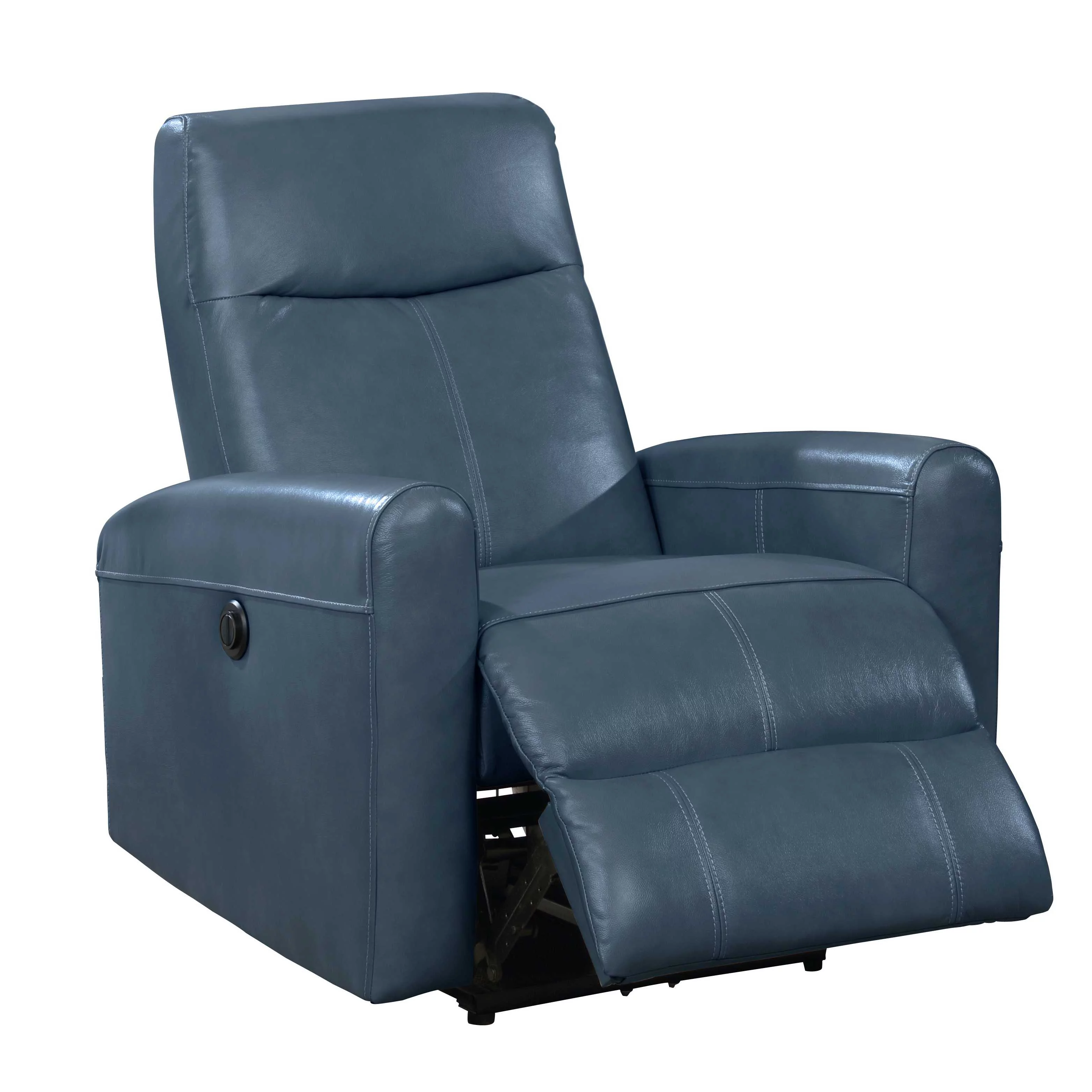

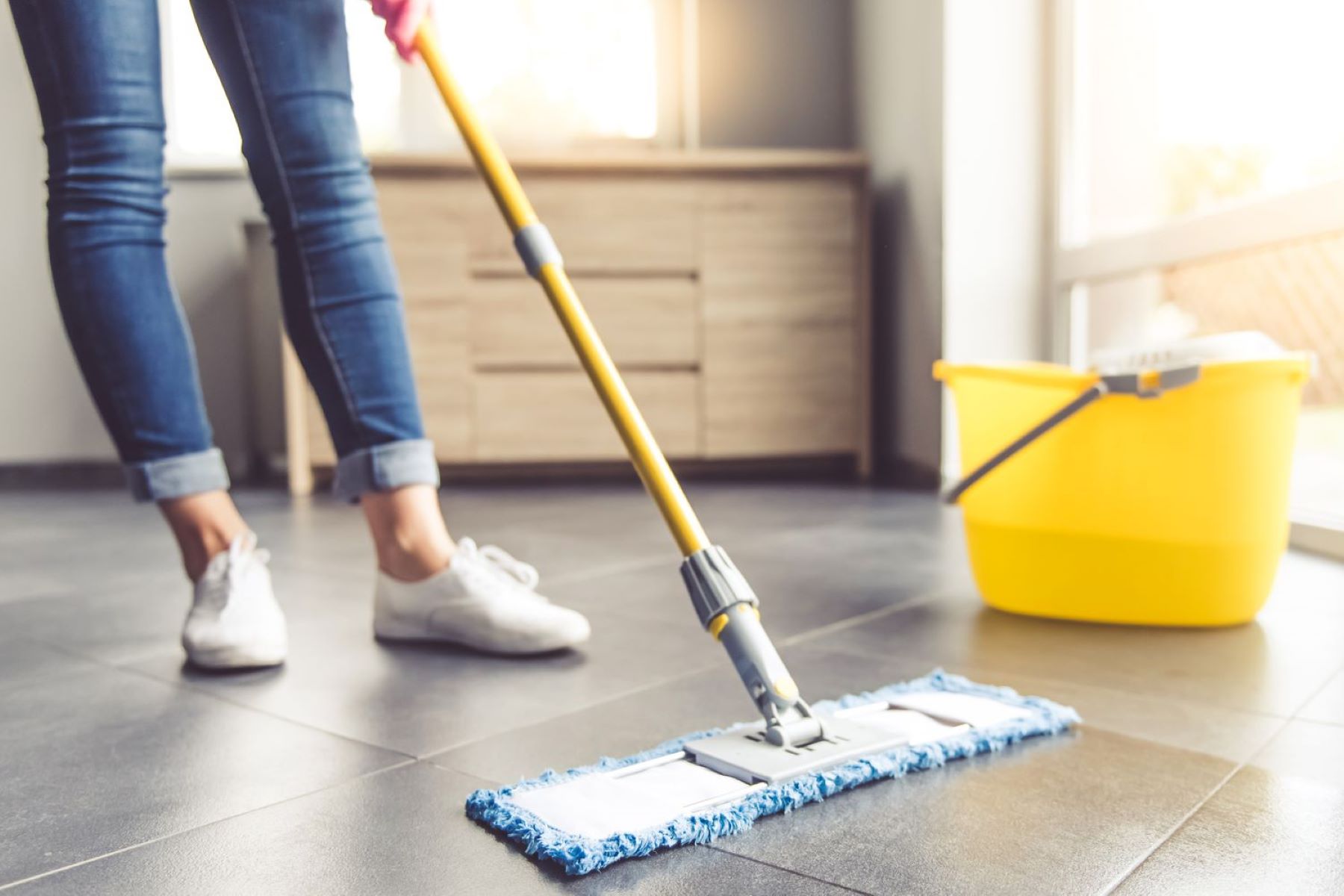
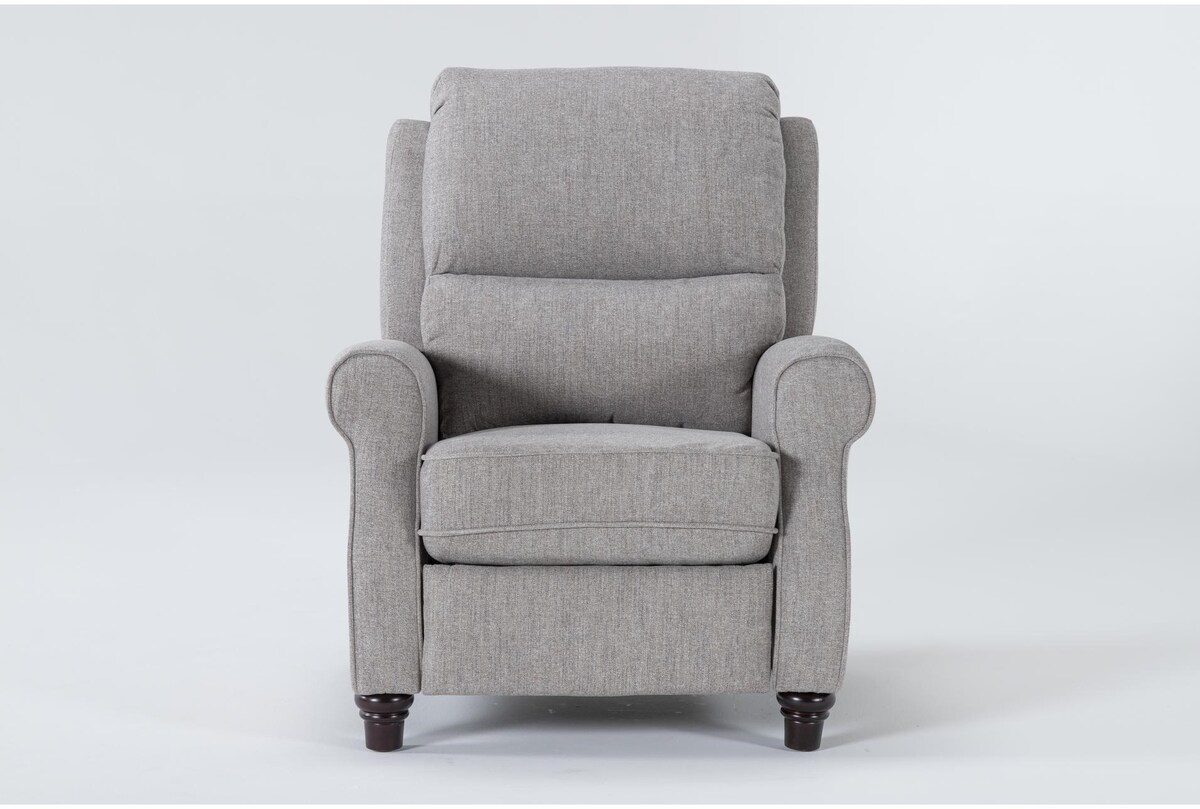
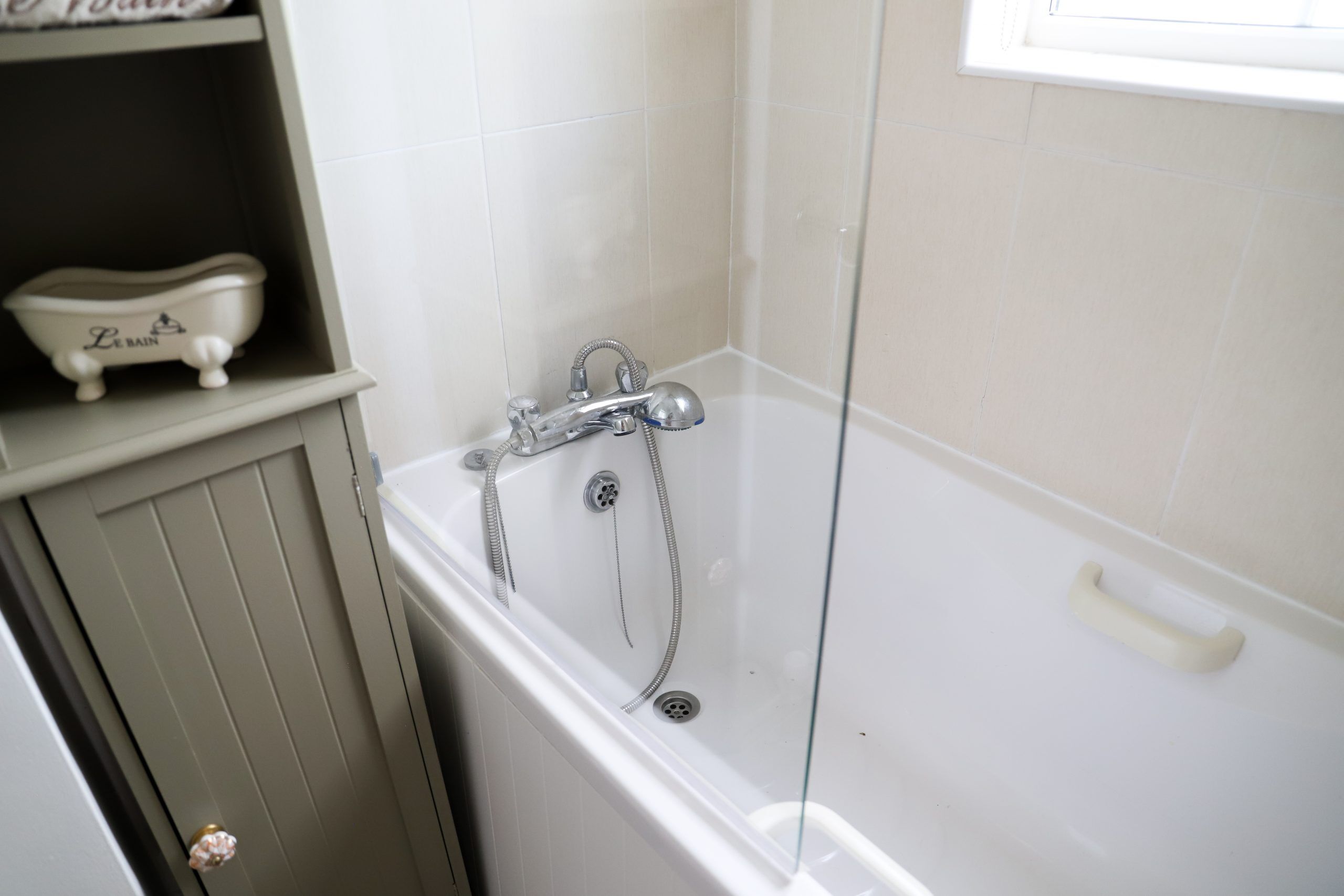
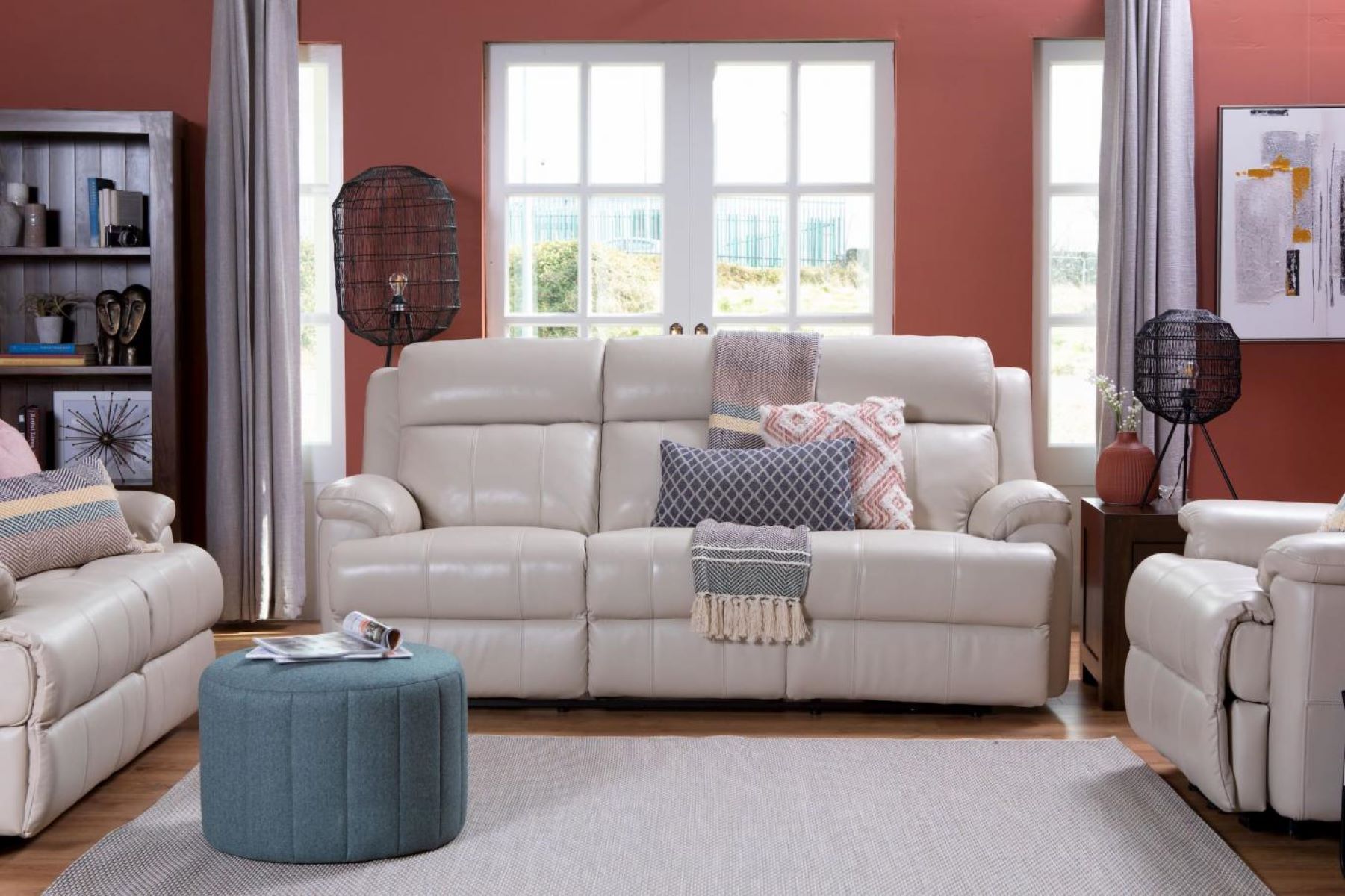

0 thoughts on “Why Does My Recliner Hurt My Back”